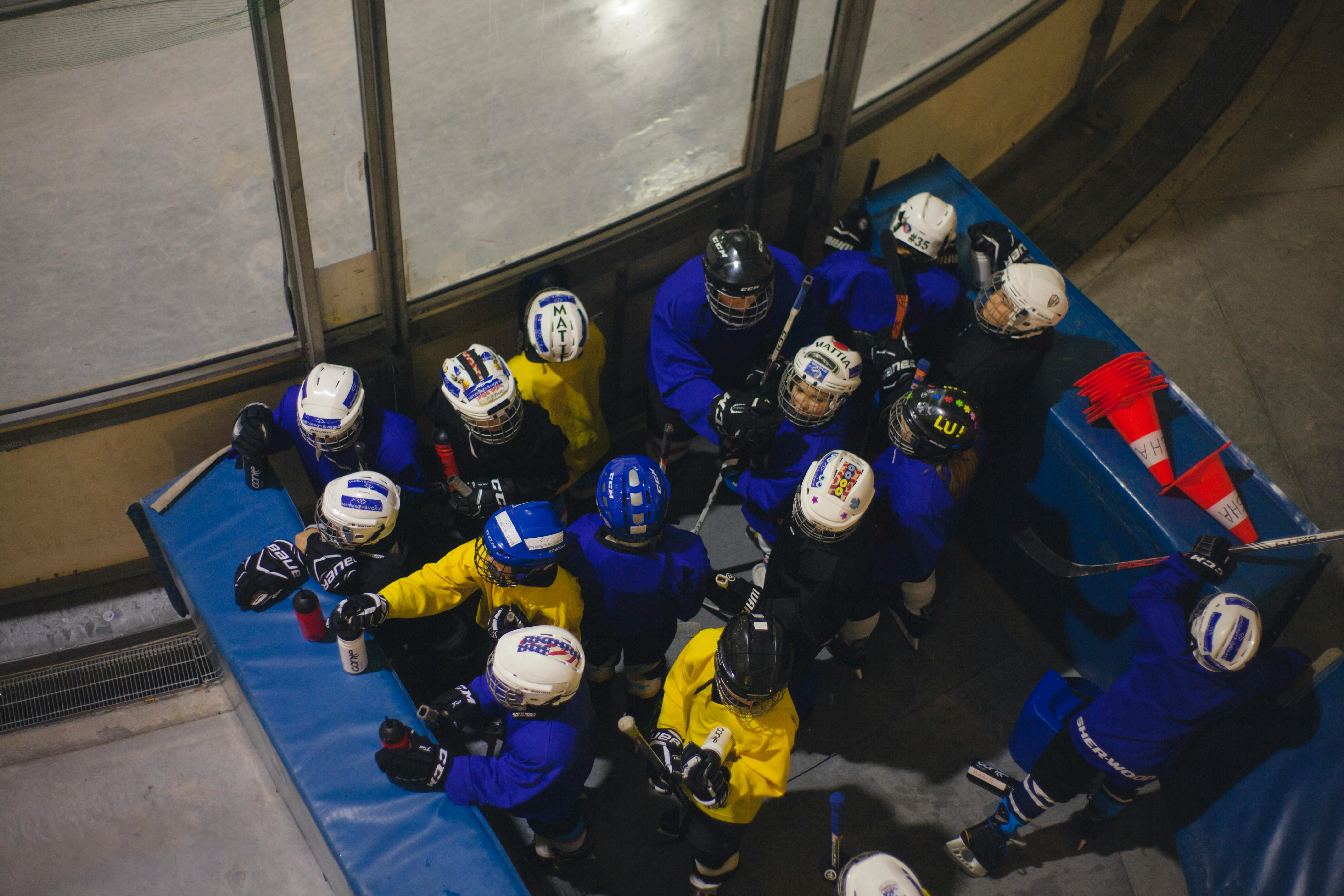
Safety tips for children in soccer
Let’s face it: in America, soccer is king. It’s the social glue that holds together countless communities, groups of friends, and even entire families, with millions of people gathering in the stands and around television screens annually to share in the excitement of a big game. In some towns, it would not be a surprise if a child made his first pass before learning to walk. On the field, at home or in the bar, football is king.
Every year, thousands of children prepare to experience this national pastime firsthand. However, as a full contact sport, there is no escaping the fact that soccer can be dangerous at any level, amateur or professional. With that in mind, here are some ways you can ensure that your child’s experience on a school or club soccer team is as positive and character-building as it should be.
prop equipment
The first step you need to take to keep your child safe, no matter what position they play, is to invest in the right protective gear. The following list includes all the equipment with which any football player should be equipped:
Helmet with facemask and mouthguard: A proper fit in this department is crucial, as oversized helmets and mouthguards can easily come off in the toughest of times.
Protective padding for thighs, shoulders and around the hips
Cleats: Soccer is traditionally an all-weather sport, so having a shoe that can grip the turf well in all conditions is important to prevent ankle sprains and other foot-related injuries.
Leg and ankle braces: Related to the previous point, they minimize the severity of slips, trips, and falls that occur on virtually every play.
Preparation
As with any sport, proper stretching and warm-up exercises are vital to preventing strains and maximizing athleticism. A complete routine can last between 15 and 30 minutes and will raise your body temperature, your heart and breathing rates, and increase your metabolism. The stretches should be complete, covering not only the limbs and joints, but also the torso. Remember, always include at least one sprint before stretching to avoid pulling a muscle, and stretch only to the point of discomfort, not beyond.
Last but not least, always make sure your child understands the rules of the game before heading out onto the field. This is one of the simplest ways to prevent injury, and yet it is too often overlooked. Good communication between coaches, players and referees is one of the best guarantees for a safe game.